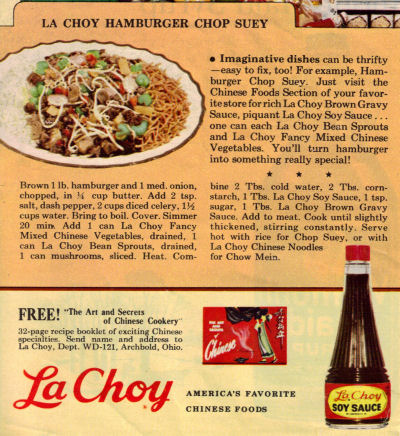
About a year ago, I found in TJ Maxx of all places one of the best cookbooks I've ever used,
"500 Chinese Recipes." As the name implies, it contains 500 recipes, although not just Chinese. Many are Thai, Filipino and other Asian food.
I have tried numerous recipes and most are excellent. Even the non-excellent are at least decent.
I had a hankering for shrimp, plus the green beans in my garden were coming in, so I decided to try a new recipe called "Long Beans with Prawns." It looked luscious: shrimp, ginger, garlic, lemon grass, lime, etc.
I followed the recipe, marinating the shrimp, stir frying them in ginger, garlic etc. The final step called for 1/2 a cup of soy sauce dumped into the mixture and cooked for about two minutes. It hit me that it might be a little salty, but I forged forward. I should have thought again.
The end result was tasty (looks great in the picture above, doesn't it?) , but the saltiness of the soy blew out all the other flavors and left the whole family panting like parched dogs on a broiling day in a Bugs Bunny cartoon. Our tongues were all but hanging out the rest of the night as we quaffed glass after glass of water.
Would I make this again? Absolutely. But next time, I'd simmer the shrimp shells for about 15 or 20 minutes to make a stock and dump that with a tablespoon or two of soy sauce into the pan for final cook. I'll have to try it, but my guess is you'd get a superb dish.
Here's the recipe with my variation:
Shell and devein a pound to a pound and a half of medium shrimp, reserving the shells. Marinate an hour or two in 2 tablespoons fish sauce, the juice of two limes, two crush garlic cloves and lemon grass stick finely sliced. Put shells in a pot, barely cover with water and bring to a boil. Lower heat and simmer about 15 to 2o minutes.
If you like softer green beans, steam four to five minutes.
When the shrimp is ready, heat about two tablespoons of oil in a very hot pan and add one minced garlic clove and about a half inch of finely sliced fresh ginger. When it begins to color, add shrimp and cook until just done, about a minute to two minutes. Remove the shrimp.
Add another two table spoons of oil and half a thinly sliced onion. When the onion has begun to caramelize, add green beans, half a cup of the reserved shrimp stock and one to two tablespoons of soy sauce. Cook for about two minutes, add shrimp, toss and serve.
















































